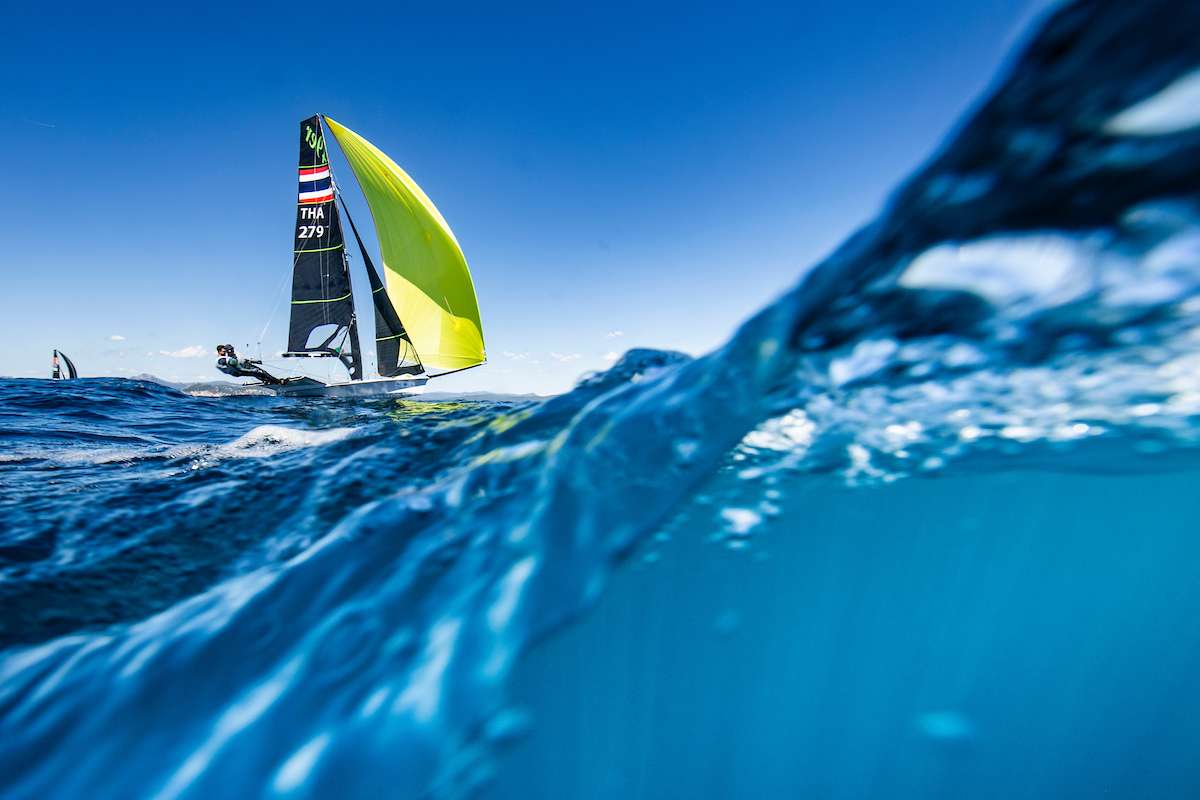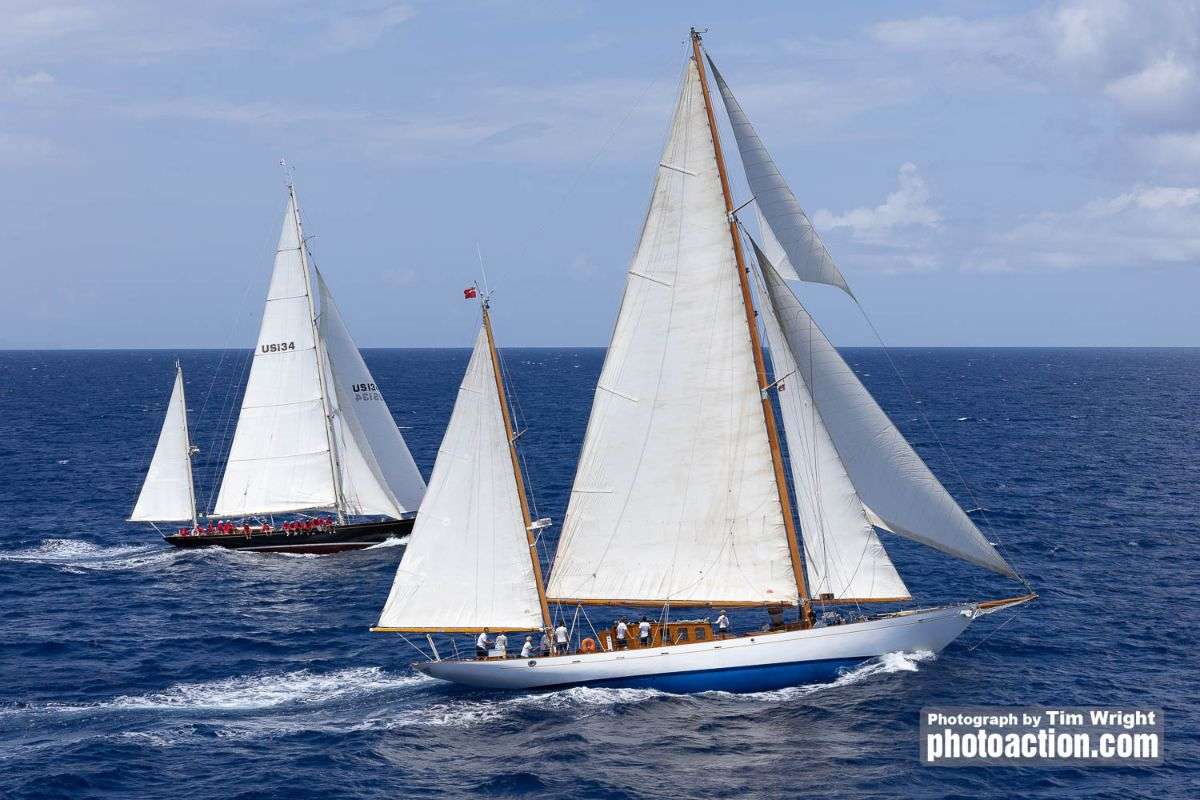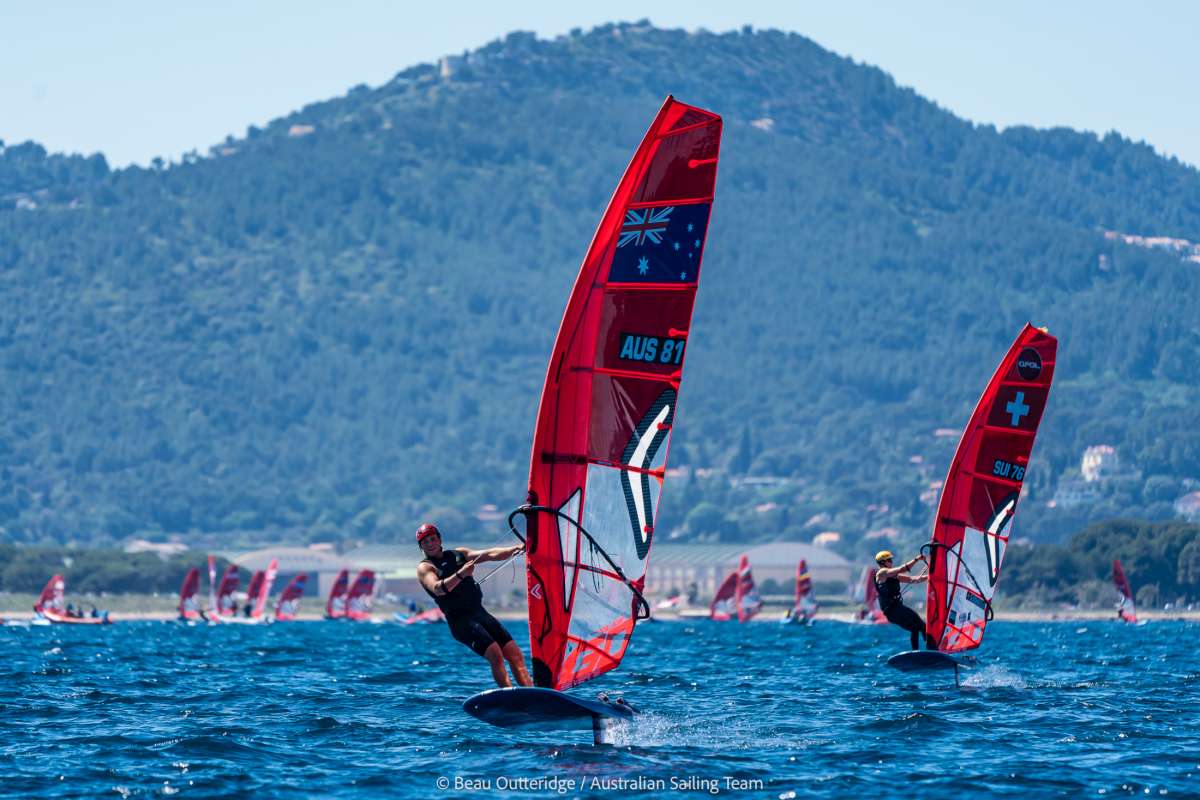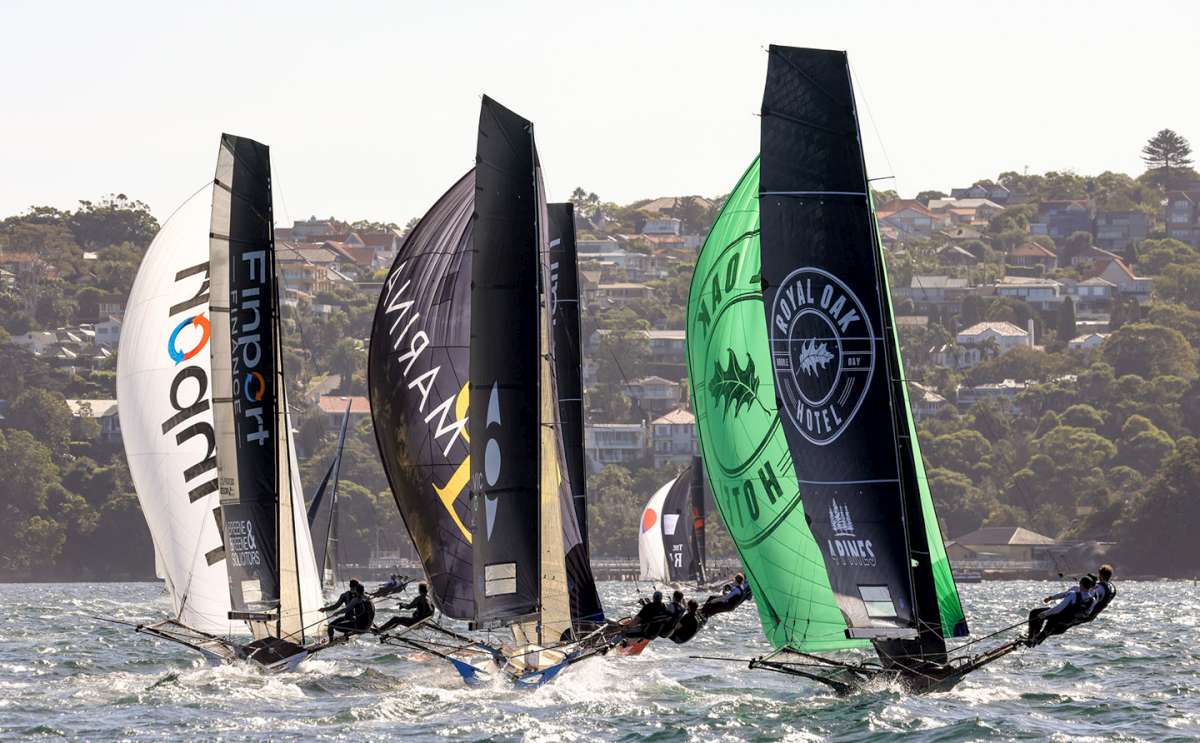There has been a bit of a quiet revolution going on in Australia with lifejackets over the past two decades. Better design and technology have led to a range of lifejacket styles that look good, are easy to wear and don’t get in the way of your favourite activities on the water.
We have made great progress in reducing drowning fatalities, most likely helped by more people now wearing a lifejacket when out on the water – in NSW, lifejacket wear rates are up from 9 per cent in 2007 to 41-45 per cent in the last few years – coupled with additional focus on boating education. Wearing a lifejacket approximately doubles the chance of survival in a boating incident..
The last World Health Organisation statistics noted that Australia was ranked among the lowest countries for drowning fatalities per 100,000 people – at 160 out of 182. This is a commendably low stat considering our coastal concentration of population and our love affair with water.
While this is a good news story, boating-related drownings remain a major boating safety risk. Sadly, about eight out of 10 people who drown when boating in NSW were not wearing a lifejacket. Despite the long-term downward trend in the rate of boating-related drownings, recent boating incidents highlight how we must keep matters of safety top-of-mind.
This reinforces why lifejackets are a vital piece of safety equipment for any boater and ongoing lifejacket education is essential.
How do you get old salts to learn a new trick and recognise the importance of lifejackets?
By showing how easy and comfortable they are, we can allay any concerns boaters have regarding always wearing a lifejacket.
There are plenty of different styles of lifejackets suitable for any watersport activity and for any age. A simple search (lifejacketwearit.com.au) will help find an appropriate lifejacket for anyone, whether racing in an offshore bluewater classic or heading out in your mate’s tinnie for a day of fishing.
Most people using powered craft, such as a runabout or a jet ski (also known as a Personal Watercraft), tend to use a lifejacket that provides full-body protection. It wraps around the torso snugly to fit under a jacket, plus provide shock absorption if the wearer falls overboard at speed.
Sailors on keelboats mostly use an inflatable lifejacket that hangs like a scarf down the front. These lifejackets allow for easy movement by the wearer to perform sailing manoeuvres without being restricted. If a crew member falls overboard, the lifejacket can either self-inflate via the connected gas bottle that reacts when immersed, or inflated by the wearer via tugging the pull cord.
These lifejackets are well-designed as not to hamper crew efforts but keep the wearer afloat, even if they are hurt. They usually come with strong straps around the waist so the crew member can attach harness tethers to help keep them onboard.
For a lifejacket to effectively help save your life it needs to be in good working order. When the boating season begins, every lifejacket owner should make sure that their units are in good condition before that first trip.
For inflatable lifejacket owners, your lifejacket needs to be serviced at least every 12 months, or in accordance with the manufacturer’s instructions. This is a legal requirement in NSW and on-water Boating Safety Officers may ask to view your lifejacket’s servicing record.
Before donning an inflatable lifejacket, follow this simple four-step check:
- Check for visible signs of wear or damage and make sure all fastenings and buckles are in good working order.
- Ensure the CO2 cylinder is full and screwed in firmly (hand-tight).
- Check the auto cartridge (if an auto-inflating model) is screwed in firmly, also hand-tight.
- Ensure the pull cord is clear and ready for use.
Don’t forget to regularly give your lifejacket a good wash and dry after being worn out on the water. Boat owners look after their pride and joy by washing it down after contact with salt water, so you should include a simple hose down of the lifejackets as well – and then hang them out somewhere to dry.
Staying safe on the water is simple – you, your friends and family should always wear a lifejacket and look after it as well – so it can look after you.
For more information about lifejacket wear and servicing, please visit www.lifejacketwearit.com.au.

























